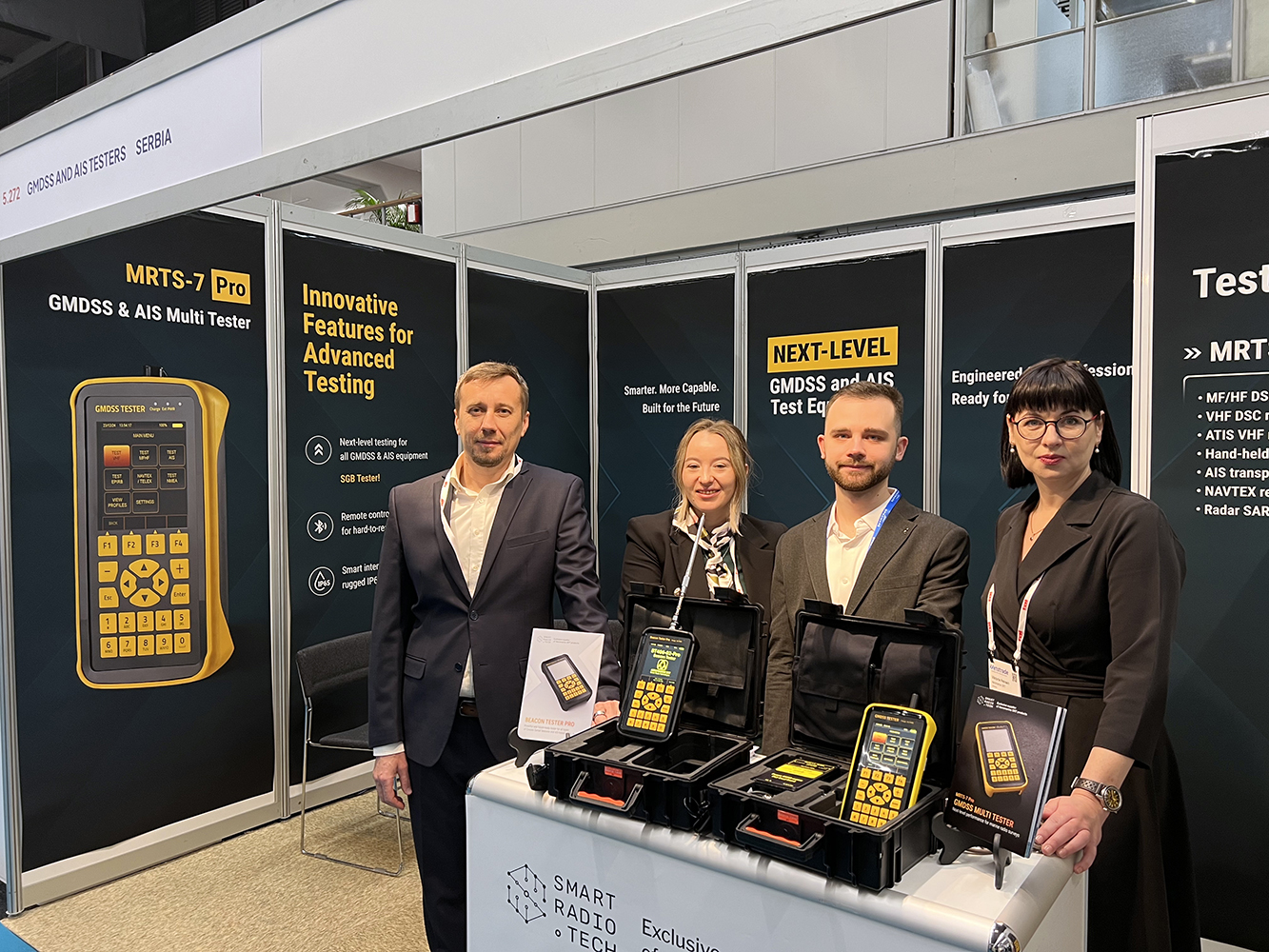Shore Based Maintenance of GMDSS equipment

In order to ensure the operability of GMDSS radio equipment (under SOLAS-74/88, Regulations IV/15.6 and 15.7), at least two of the following methods should be used on ships navigating in sea areas A3 and A4:
-
duplication of equipment;
-
qualified maintenance and repair at sea;
-
shore based maintenance.
When the vessel is operating in the sea areas A1 and A2, it is sufficient to use one of these methods, or a combination of them, by the decision of the Administration.
Duplication of equipment. In the case of using the method of duplicating equipment on board the vessel, the installation of the following radio equipment is additionally required:
-
when sailing in the sea area A3 - a VHF radio installation and a MF/HF radio station with DSC or a ship earth station;
-
when sailing in the sea areas A3 and A4 - a VHF radio installation and a MF/HF radio station with DSC. If a vessel makes occasional voyages in the sea area A4 and has a MF/HF radio installation as the main one, then the duplicate MF/HF radio installation can be replaced by a ship earth station.
Qualified maintenance and repair at sea. If the performance of the GMDSS equipment is ensured by a combination of approaches, including qualified maintenance and repair at sea, a specialist with adequate skills and relevant certificate must be on board. The appropriate technical documentation, tools, spare parts and test equipment should be available to enable maintenance, testing and repair of radio equipment breakdowns.
Shore Based Maintenance. Despite using other methods, the shore based maintenance will always remain necessary to ensure compliance with the functional requirements of the GMDSS (Resolution A.702(17)).
Shore Based Maintenance
When using this method, a Shore Based Maintenance (SBM) Agreement must be concluded with an approved company providing such services. Its purpose is to ensure the maintenance of GMDSS equipment on the ship in good working condition and in accordance with the SOLAS-74/88, Regulation IV/15.7, and the requirements of IMO Resolution A.702 (17) regarding onshore maintenance of GMDSS equipment.
The GMDSS SBM Agreement includes the issuance of an appropriate certificate (SMB certificate), which is verified during the annual inspection of GMDSS radio equipment on the ship. It should be valid.
The agreement should set out the terms acceptable to the Administration for ensuring proper support for the vessel, depending on its sailing areas.
For example, such an arrangement may include the provision of facilities for repair and maintenance at the main base of ships making regular voyages in the area, or agreement with a company covering the navigation area of the vessel and providing call-based maintenance and repair services.
Records of equipment (form P, R or C) attached to the Report of GMDSS Radio survey should specify the type of arrangements for shore based maintenance, and the Radio Log should indicate the relevant information about the service company.
After signing the GMDSS SBM agreement, the shipowner is provided with comprehensive support. The ship receives round-the-clock remote support in case of sudden equipment failure. If necessary, repair work is organized through a network of service stations of manufacturers of radio, navigation and satcom equipment located around the world. Certified technicians of the SMB provider carry out repair and maintenance of the equipment on board.
The service company also supports a database of the vessel with the information necessary for the Shipowner to manage the equipment installed on board the ship; this company promptly reports on all changes in international and national regulations concerning the related equipment, and also about the possibilities of its upgrading.
Shore based maintenance of satellite EPIRBs
According to SOLAS regulation IV/15.9, satellite EPIRBs are subject to shore-based maintenance at intervals not exceeding five years. It is most convenient to plan such maintenance at the time when the battery needs to be replaced. Such services must be performed by an approved SBM provider.
The testing procedure should be carried out in accordance with the international standard - IMO Resolution MSC/Circ.1039. For this purpose, specialized test equipment is used - the EPIRB/BEACON tester.
During maintenance, a radio-frequency-screened room or enclosure should be used to avoid false distress alerts from the EPIRB.
Upon completion of all procedures, the EPIRB SBM test report is issued; it includes the test results and the list of the works performed. A copy of the report shall be provided onboard. On the outside of the beacon, a label is affixed indicating the name of the SBM provider and the date of the next SBM.
By Olga Davydova





Be the first to comment